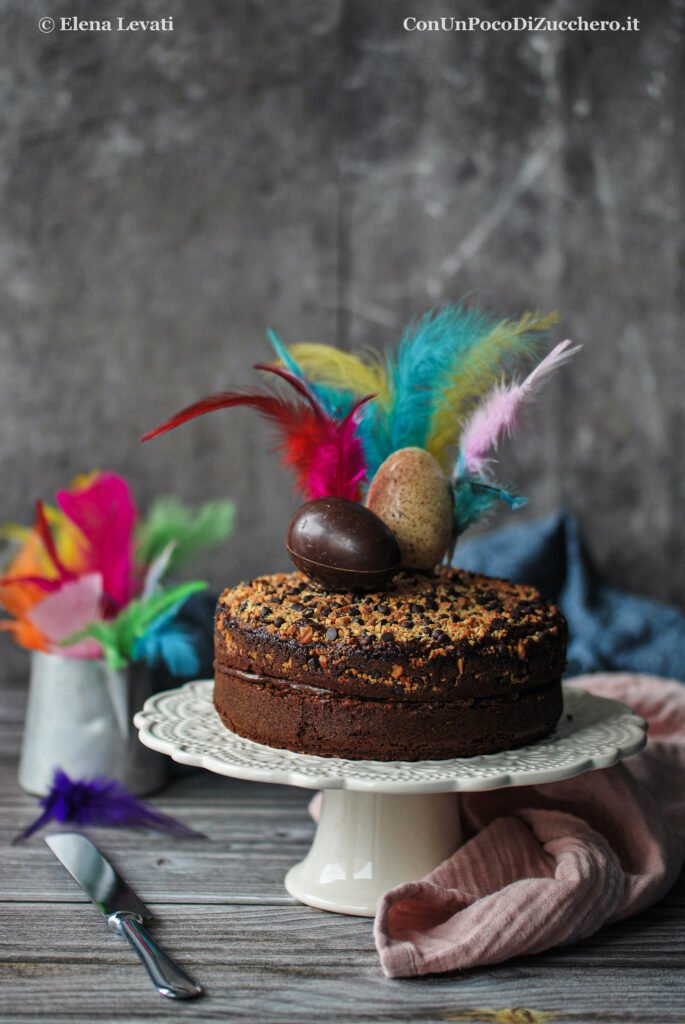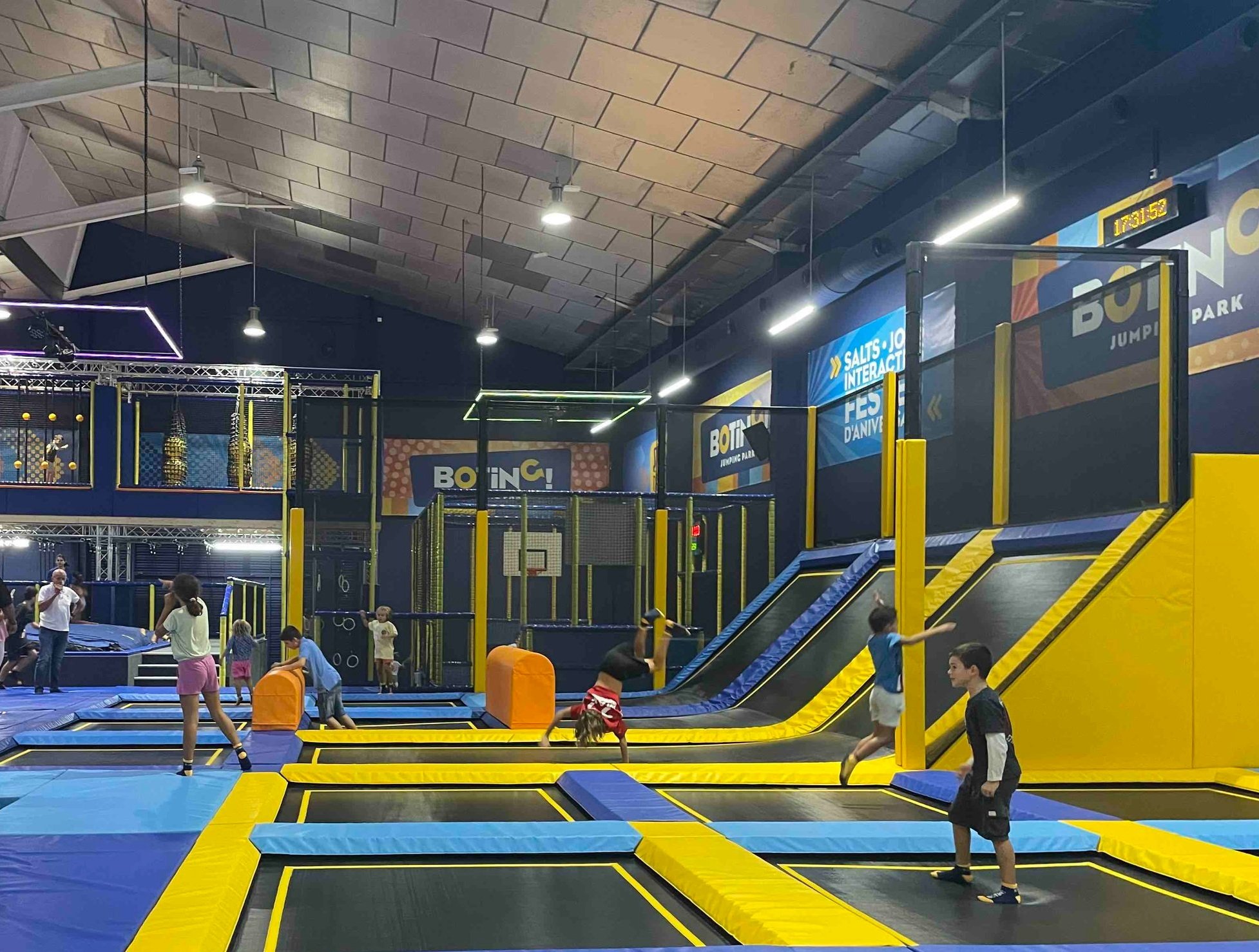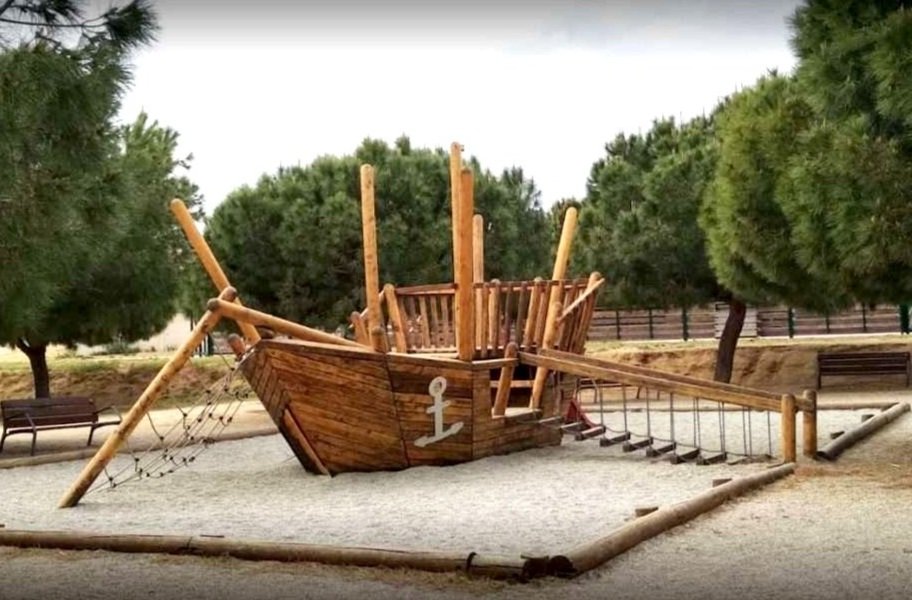Discovering Castells in Maresme: A Family-Friendly Tradition
Get to know the three “colles castelleres” (human-tower groups) in Maresme and Badalona, and how to join them for fun family time.
The spectacle of castellers, creating human towers that can reach heights of up to 15 meters, never stops amazing the crowds all over Catalunya. Luckily, for those of us living here, there are plenty of performances to watch, particularly during the castells season between February and November.
Teams in Maresme and Badalona
A colla castellera is the human-tower group (or team) that can create towers of up to six levels and can officially take part in public performances.
Beginning in Badalona with the colla Micaco, passing through Mataró with the Capgrossos and arriving at Palafolls with the Maduixots, these three groups offer families in the Maresme plenty of opportunities to get closer to this culturally important tradition.
Castell by the Capgrossos de Mataró (Credit: Capgrossos)
Everybody is welcome
Anyone watching a castells performance might think that it’s an activity reserved for those with many years of training and experience. But joining a team is actually pretty easy and barrier-free.
As almost everyone in a colla will tell you, there are no requirements or experience needed in order to become a member and participate in the rehearsals, which typically happen twice a week. Furthermore, all ages and body builds are welcome and annual fees per person are low (when charged at all).
It must be taken into account, however, that a minimum attendance to rehearsals and performances is expected, and that the world of castells has its own Catalan terminology, which you need to understand in order to follow instructions.
Intergenerational members of the Maduixots (Credit: Maduixots)
Intergenerational activity
According to David Valverde, public relations of the Capgrossos de Mataró, the majority of members come as families, and it’s not uncommon to see three generations in a human-tower team. This makes castells one of the few activities that people can do all together as a family.
“I myself joined the colla at 17, with my parents”, Valverde recalls. “Years later, my partner started coming along and when I have kids, I hope they will also join.”
Children can join a team as young as four years-old, when they are able to properly understand instructions. Being the lightest and more agile members of the castell communities, they are also the ones who climb to the top of the towers, dazzling the audience – and their parents. But that’s another story.
Rehearsal of the Maduixots (Credit: Maduixots)
“In our experience, people start bringing their children, and then end up joining themselves”, says Eduardo Valdenebro Rodriguez, team leader of the Micacos.
Laia Gomez Amaya, also team leader in Badalona, participates alongside her mum and one grandmother. “The fact you share a big goal with the people you love the most is a very special trait of building castells”, she emphasizes.
Building castells is building community
For those who don’t fancy climbing up high or joining tens of other people into forming the pinya, the tightly-closed base of the castells, there are plenty of supporting roles available, from distributing water, to selling t-shirts to guarding everybody’s belongings.
‘Pinya’, the base of the human-towers (Credit: Capgrossos de Mataró)
In a nutshell, it’s an activity that practically everyone can contribute to. “Building castells means building community, making friends, and getting a lot of motivation from it”, says Bernat Sanjuan, president of the Maduixots. “But mainly, it’s about having a good time.”
Alongside the aesthetic performance and showcase of physical strength and balance, creating castells require a profound sense of community and trust, and the whole show is a powerful symbol of teamwork and collaboration, with a touch of adventure.
Colles in the area: what you need to know
Colla Micaco from Badalona – since 1998
Wearing a pale yellow shirt, this group pays tribute to the loquat (aka níspero in Spanish), a fruit commonly found in Spain which, in Badalona, is uniquely referred to as micaco. Participation in the team is free and most rehearsals happen in the very relaxed environment of the historic building of the old Mercat Maigon (city center).
What makes this group stand out: a colla which strives to reach out to different neighborhoods in the city of Badalona (the fourth biggest in Catalunya) and surrounding municipalities
Color: Micaco yellow (loquat yellow)
Rehearsals: Tuesdays (19-20h for kids, 20-22h general) and Fridays (20-23h general)
Annual fee: none
Number of members: around 100
Requirements: none
For more information: https://castellersdebadalona.cat
Colla Castellera Capgrossos de Mataró – since 1996
The impressive number of 1,000 members and history of creating huge towers (the highest one with 10 levels) makes this not only one of the biggest but also one of the most successful teams in Catalonia, currently among the top six. As practitioners like to say, creating castells isn’t about competition but the Capgrossos don’t shy away from their achievements. Their name is a reference to how people from Barcelona used to call those from Mataró (“big heads”).
What makes this group stand out: the motto “pas a pas, pis a pis” (step by step, level by level) that expresses the Capgrossos’ rigorous rehearsals and safety measures
Colour: Navy blue
Rehearsals: Tuesdays (19:45h kids, 21h general), Thursdays (19:30h, “pilars”) and Fridays (19h athletic training, 19:45h kids, and 21h general)
Annual fee: €30 per year per person; free for children under 6 of age and €25 for those between 7 and 14
Number of members: around 1,000
Requirements: none
For more information: https://capgrossos.cat/
Castellers de l’Alt Maresme i Selva Maritima (Maduixots) — since 2013
The Maduixots, created in Pineda de Mar and now based in Palafolls, represent not one but several cities in Alt Maresme and Selva Marítima. “It’s an advantage because it allows us to form relationships with many towns and town halls”, says Sanjuan. “But it’s also a challenge to make people feel it’s their colla, and that they belong here.” Wearing a bright red shirt, this team pays tribute to the delicious strawberries cultivated in the area.
What makes this group stand out: representing several cities at the same time
Color: Strawberry red
Rehearsals: Tuesdays (19-20h for kids, 20-22h general) and Fridays (20:30-23:30h general)
Annual fee: €30 per person, 20€ for under age members
Number of members: around 125
Requirements: none
For more information: https://castellersaltmaresme.cat
The Maduixots performing next to the lighthouse in Calella. Above: team rehearsal. (Credit: Maduixots)
To learn more about castells in general, check out this link: https://castellscat.cat/en/els-castells














